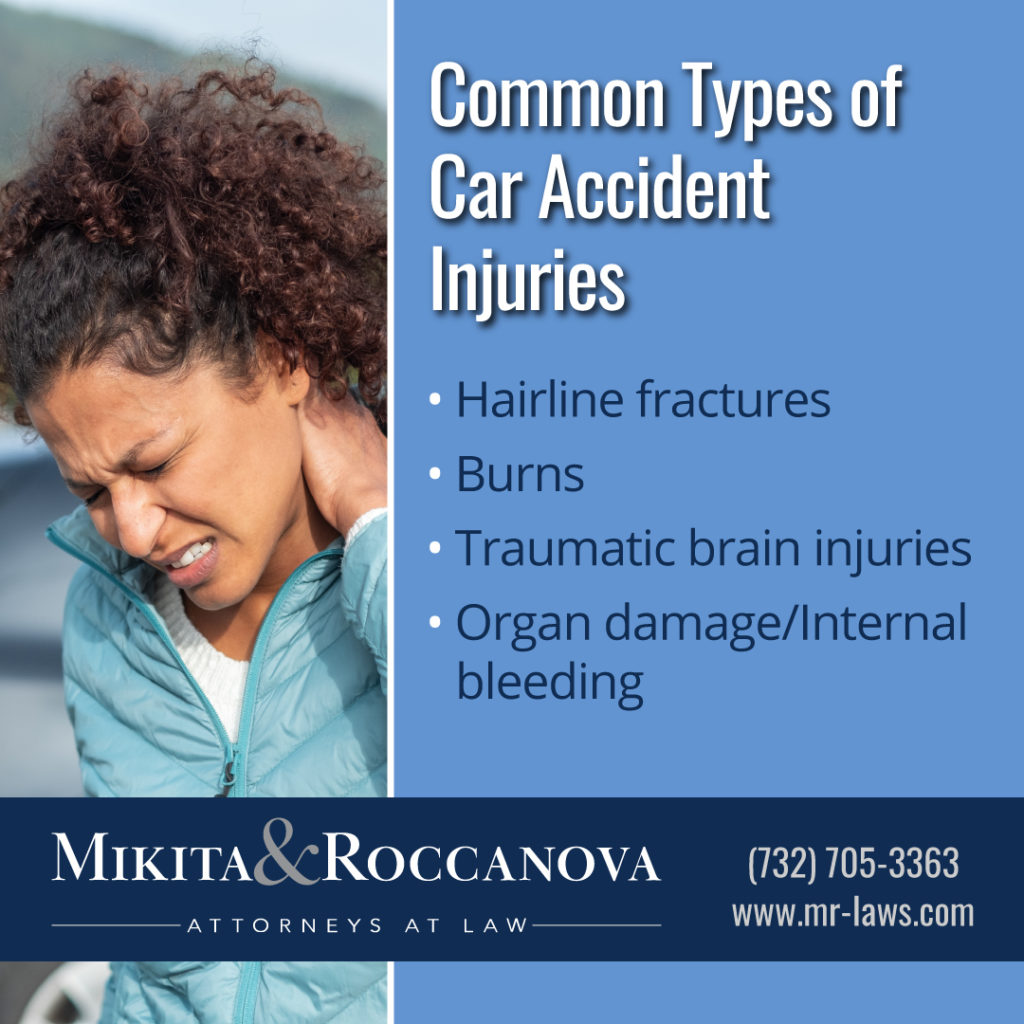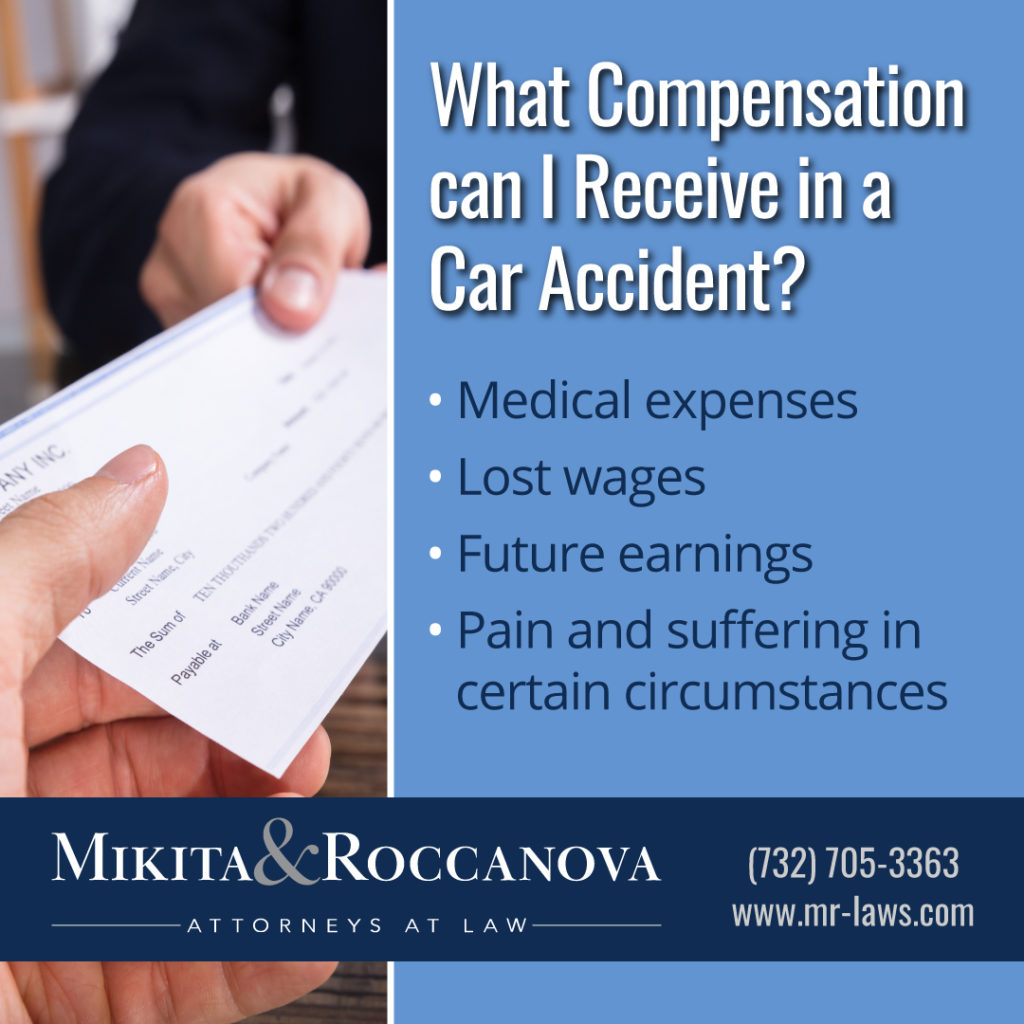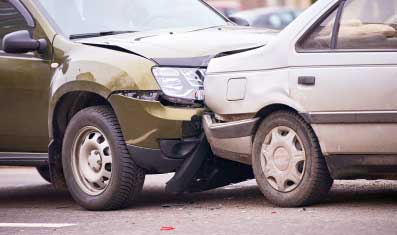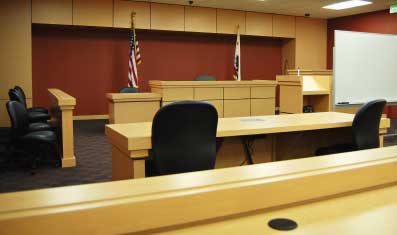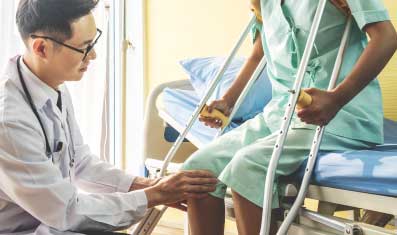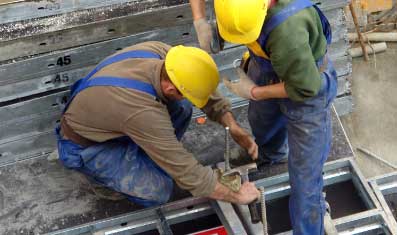New Jersey Car Accident Lawyers
Although car accidents are a fact of life across New Jersey, drivers can take steps to avoid them as much as possible. A driver’s best efforts, however, cannot prevent accidents in all cases. There are times when other drivers make the roads unsafe for everyone, and motorists need to know how to cope with these circumstances.
After an accident, compensation helps victims move on with their lives when they suffer from injuries minor to severe. Motorists must know what to do at the scene of an accident and how to work with a car accident lawyer to seek compensation.
The following tips are presented to learn more about safe driving and an appropriate response to any accident or injury. People who take these steps can protect themselves, and those with a basic understanding of car accident litigation can recover quickly.
Why are Car Accidents Common in North Jersey?
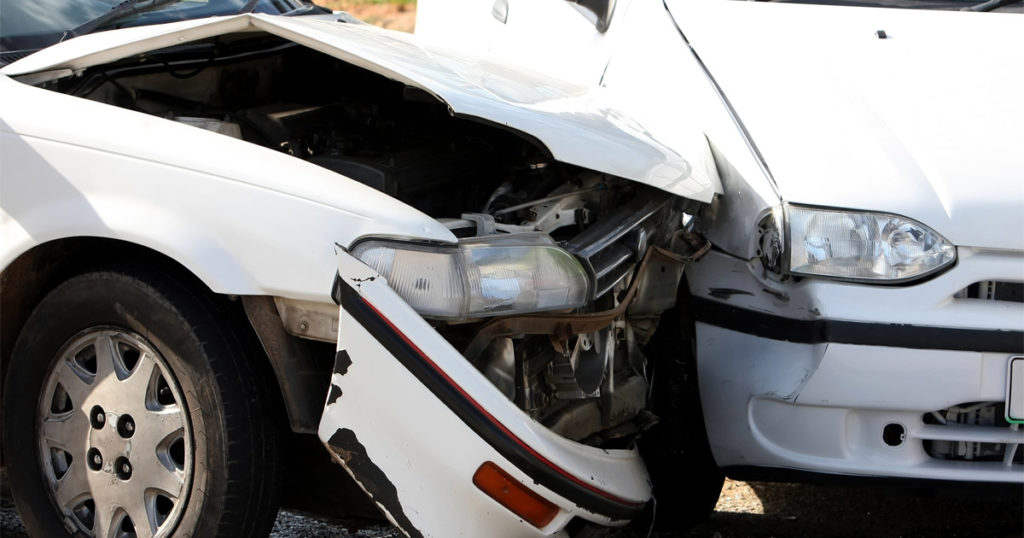
Car accidents are a common occurrence in North Jersey because of heavy congestion and the presence of several busy roads. New Jersey Routes 35 and 36, U.S. Highway 9, and the Garden State Parkway all pass through the area near the northern Jersey Shore around Hazlet, and these roads generally lead drivers over the Raritan River and into New York.
U.S. 9 allows motorists to make their way over Delaware Bay into South Jersey, feeding Jersey Shore traffic and allowing travelers to drive directly to New York City. The Garden State Parkway is one of the busiest toll roads in the United States, carrying the most traffic in 2008, and remains the subject of widening projects to this day.
According to a report from the U.S. Census Bureau, only one town in New Jersey, Hoboken City, has a majority of its population using public transit. The result, then, is that most commuters and travelers are on the road every day. In North Jersey, traffic of this nature enters every borough of New York City in the morning and exits every evening.
Additionally, small towns in New Jersey are not generally incorporated, meaning that each village has its own rush hour, school traffic, and business traffic. A lack of massive surface streets leads to greater congestion, and the relative proximity of these townships to one another adds to cut-through traffic from neighboring communities.
What Causes Most Car Accidents in North Jersey?
Motorists must remain alert when they get behind the wheel, understanding the most common causes of car accidents. In some cases, the driver must take responsibility for their own actions. In others, accidents occur because random drivers make poor decisions, leading to accidents, injuries, or even deaths. Motorists should not be in fear when they drive, but they should use a level of hyper-vigilance to prevent accidents.
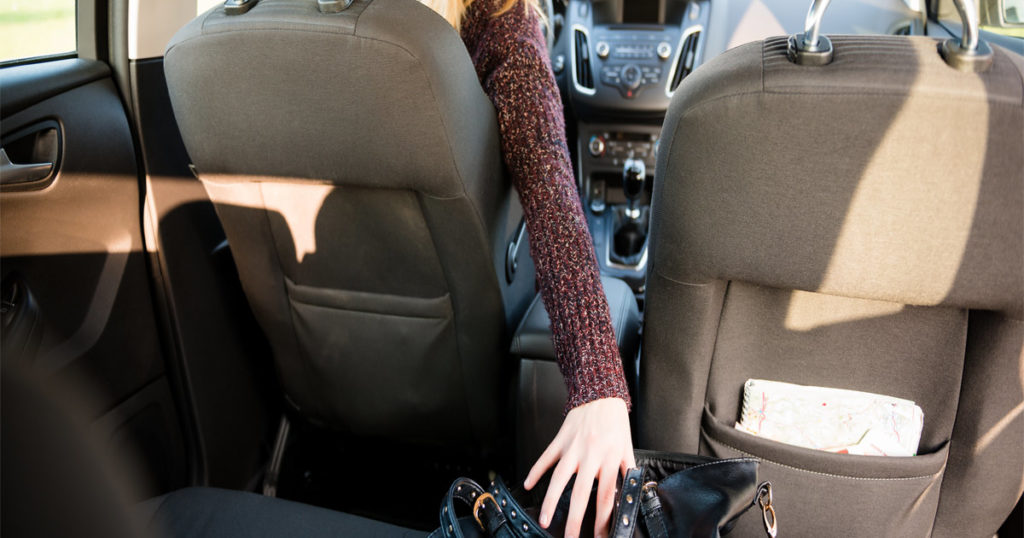
Distracted driving. Distracted driving in New Jersey is a serious offense, with fines starting at $200, rising to $800 for a third offense, three points on the offending drivers license, and a possible 90-day license suspension. Texting while driving is illegal, and handheld device use, even for a phone call, is also prohibited. Drivers can wait because New Jersey allows motorists to check texts while stopped at a light. The driver may also use headphones/Bluetooth technology to take phone calls. Other distractions include eating, drinking, grooming, and animated conversations.
Drunk/impaired driving. Drunk driving is on the decline in New Jersey, but that does not preclude drivers from making smart decisions. Anyone who has been drinking should not get behind the wheel. Drivers who have had alcohol should use a designated driver, call a taxi, or download a ride-share app. According to research by The Zebra, more than one-fourth of all traffic deaths are related in some way to alcohol. With 30 people dying every day and 800 injured, according to the National Highway Traffic Safety Administration (NHTSA), drivers should take pause before drinking or driving after even one drink.
Drunk driving among teenagers and college students is rampant. During the survey, 26.6 percent of women aged 18 to 24 admitted to driving while buzzed, 37.4 percent of college students claimed they could drive safely after three or four drinks, and only about half of 18- to 24-year-olds say they use ride-sharing apps.
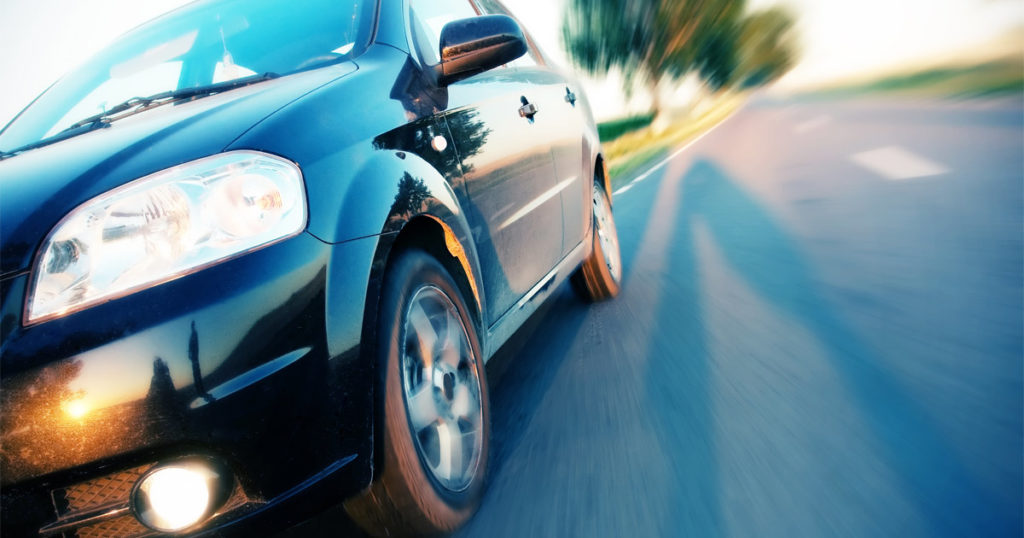
Speeding. According to the NHTSA, around one-fourth of all traffic deaths involve speeding, meaning that half of all traffic deaths come down to either speeding or drunk driving. Speeding makes it easier to lose control of a vehicle, reduces visibility, increases the force of an accident, and dramatically increases the drivers stopping distance.
One of the most troubling facts about speeding is how it impacts stopping distance. For example, drivers traveling at 30 miles per hour have a total stopping distance of 89 feet, but someone traveling 40 miles per hour requires 139 feet. As the driver’s speed doubles, their stopping distance triples. Therefore, the same driver traveling 60 miles per hour requires 268 feet to stop.
Some drivers believe that their vehicles stop faster because they have new brakes or a ceramic/carbon braking system. These products do not fade, but they cannot stop the car any faster.
Drowsy driving. A drowsy or fatigued driver should not operate a motor vehicle, no matter how desperate they are to get to work or get home. The National Safety Council finds that around 20 percent of drivers have fallen asleep at the wheel at some point in the past 12 months. About 40 percent of drivers say that this has occurred at least once in their lifetime. As a result, AAA estimates about 328,000 drowsy driving accidents occur every year.
Common signs that drivers are too tired to even start a vehicle are yawning, nodding off, trouble maintaining road speeds, drifting, or short-term memory loss. Tired drivers should speak to employers about scheduling or workloads if these issues persist.
Drowsy driving is easy to avoid when using a carpool or calling for a ride. If drivers persist and get behind the wheel, they have poor reflexes, slow reaction times, and cannot concentrate. Moreover, someone who has been awake for 20 hours has the same driving ability as someone who has reached the drunk driving limit of 0.08 percent blood alcohol content.
Drowsy drivers also experience four to five second episodes known as microsleeps, and in that time, the driver can travel up to 300 feet. Drivers who experience an episode of microsleep should pull over, engage their hazard lights, and call for help.
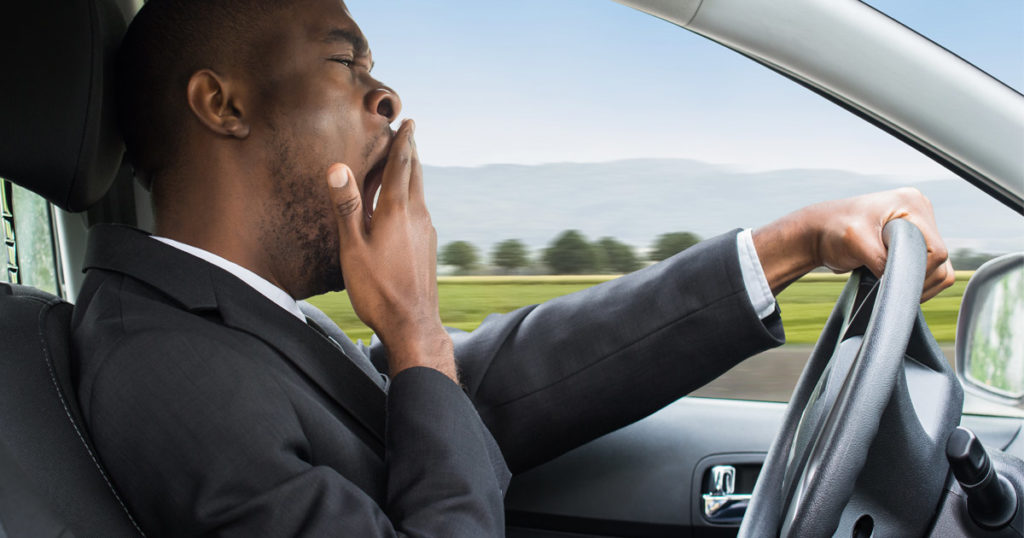
Drivers should not operate a vehicle if they use medication that makes them tired or they have not gotten seven to eight hours of sleep, as recommended by the American Academy of Sleep Medicine and the Sleep Research Society. Schools and businesses can also intervene by raising awareness.
Confusion. Confused drivers are indeed distracted, but they are suffering from all forms of distraction. Manual distractions start as soon as the driver searches for better directions or uses their phone to call for help. Visual distractions increase as drivers hunt for road signs or any idea of their location, and cognitive distractions become an issue because the driver is trying to decide what to do.
Inclement weather. Inclement weather inherently reduces visibility because rain, wind, fog, and snow can blanket the area quickly. Drivers should use their hazard lights, slow down, and/or pull over. Visibility on North Jersey roads often changes based on the signage and markings. As drivers leave major highways, visibility tends to drop as reflective markings and stripes are either faded or missing. Heavy winds can shift vehicles, or rain, ice, or snow makes road surfaces slippery. Drivers should avoid all but essential travel in these conditions. Reduced visibility also makes the roads dangerous for pedestrians. Drivers should be on the lookout for pedestrians on the side of the road, using crosswalks, or circling stranded vehicles.
Poor road conditions. Because communities near the Jersey Shore experience an influx of traffic every summer, the roads in these areas deteriorate much faster than those in less-traveled locations. The Garden State Parkway is so busy that it is difficult for the New Jersey Turnpike Authority to keep the road surface maintained.
Although drivers should look out for potholes, cracks, fissures, and debris, it is impossible to avoid every bit of a bad road. Ramps and intersections are often designed poorly. The path taken by a road may be too dangerous, or the lanes may narrow so much that it is dangerous to pass. In extreme cases, drivers may approach bridges or tunnels where only one car fits, and an accident victim can point to a city, county, or states poor engineering as the cause of their injuries or losses.
Construction or blockages/detours. While construction crews must use barriers, keep their equipment out of the road, and create appropriate drainage for their projects, the roads must remain passable. A construction crew that constricts the road so much that drivers do not have space to drive is liable for every accident in that location. If the construction company creates a detour, that detour must make sense and be safe. Using proper signage and choosing a safe route are the responsibility of the construction crew or their supervisors.
Road rage. Drivers must do everything in their power to avoid road rage. Angry drivers get aggressive with someone who has upset them in half of all road rage cases, one-third of accidents involve road rage, and 66 percent of traffic deaths are caused by aggressive or reckless driving. Shockingly, about two percent of drivers get revenge by forcing another driver off the road or causing them to be involved in an accident. Motorists should avoid aggressive drivers, slow down, or contact the local authorities for assistance. Even more worryingly, around 37 percent of road rage incidents involve at least one driver who has possession of a sidearm. This is an especially important point to drive home with teens and young drivers who may not realize how dangerous these situations can be.
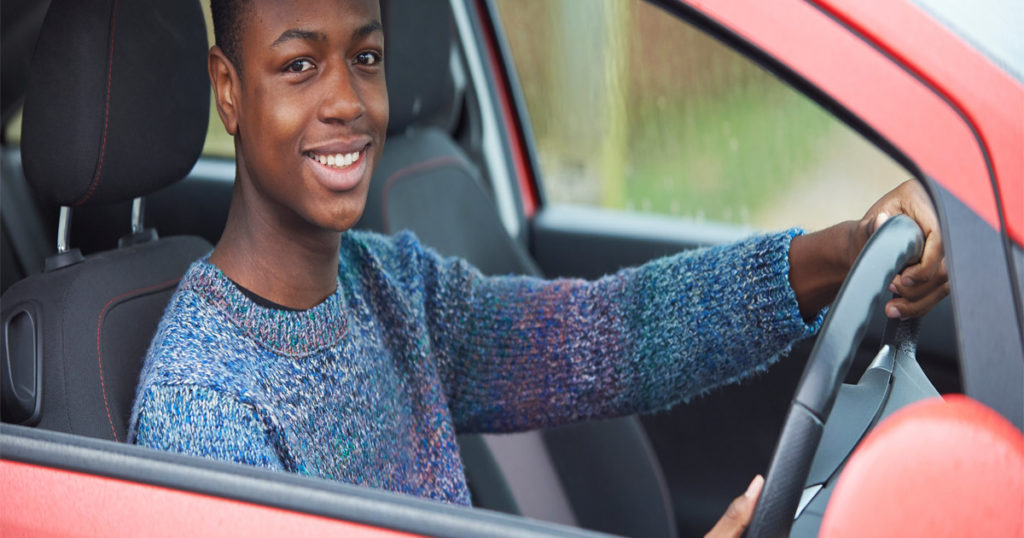
Inexperienced drivers. Studies show that teenage drivers crash four times more than others. Moreover, a study using a simulated driving assessment found that around 43 percent of teens crashed at least one time, whereas experienced drivers crashed only 29 percent of the time.
Defective vehicles. Defective vehicles can experience brake failures, unintended acceleration, rollovers, breakdowns, fires, and other dangerous situations. Auto manufacturers are required to report problems with their vehicles and issue recalls. These companies cannot claim that they did not know defects occurred, and they must provide repairs for all owners.
The car may function properly, but the airbags or passenger restraint systems may not work as intended. The manufacturer becomes a third-party defendant in these lawsuits because they did not cause the accident, but they sold a vehicle that could not keep its occupants safe. If the manufacturer designs and builds the vehicle properly, improper servicing or repairs could cause defects. In these cases, the service company or mechanic is liable for damages.
What Types of Car Accidents can Occur?
Accident awareness is an integral part of driver safety. Each accident listed can occur anywhere, but it is important for drivers to tie the causes of car accidents to the situations that result.
Rear-end accidents and fender-benders. Rear-end accidents most often occur because of distraction, as drivers do not stop or slow down at the right time. Drivers may get distracted at the last second, and they lightly tap the other vehicle. In more severe cases, a rear-end accident can turn into a multiple-vehicle accident.
Head-on collisions. Confusion, low visibility, intoxication, and distractions can easily cause head-on crashes. These accidents often involve the most force and devastation, and they can result in severe injuries or deaths. Drivers should look out for the centerline, shift to the right as much as possible, and avoid passing. Although it is legal to pass when the centerline is broken, drivers need quite a lot of distance to complete a successful passing maneuver.
Drivers should never pass unless the road is nearly empty. In like manner, motorists should not pass on hills or curves, at intersections, on railroad crossings, on narrow bridges, in tunnels, or when another vehicle stops for a school bus or pedestrian.
Sideswipes. Sideswipe accidents can occur when a vehicle pushes another vehicle across the road or off the roadway. Sometimes, two cars going in opposite directions can slide against one another, or these vehicles could lose control during the accident. Sideswipes also occur when distracted drivers sit alongside large trucks or vehicles with large blind spots. Drivers in large vehicles should check their blind spots, but passenger car drivers should try to avoid these spots as much as possible.
T-bone crashes. These collisions often occur in intersections. Distracted or intoxicated drivers might roll through an intersection, or they might not see oncoming traffic while turning. A distracted driver often does not look a second time before turning, and intoxicated, drowsy, or speeding drivers might not see a stop sign or light.
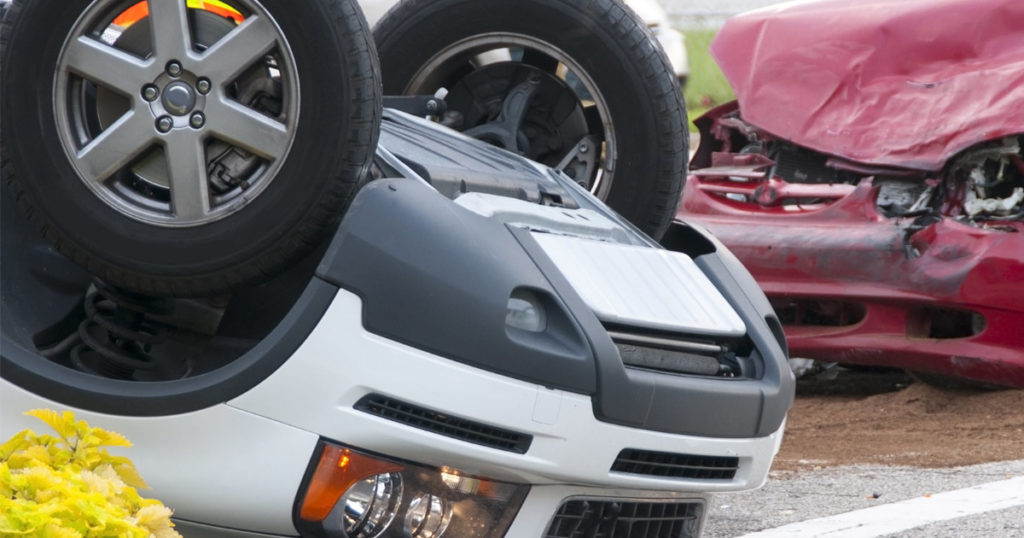
Rollovers. Rollover crashes often occur when a vehicle hits an uneven bit of pavement, curb, or takes a turn too quickly. Distracted drivers might miss a turn; run over something that trips the car; or never see road signs that call attention to uneven pavement, sharp curves, or lane merges. Drunk, drowsy, speeding, or inexperienced drivers might suddenly find themselves in these situations. Defective vehicles may also roll if their wheels are imbalanced or an improper design leaves the car susceptible to rolling over.
Multiple vehicle crashes. Multiple vehicles crashes can start as rear-end accidents or T-bones because other involved drivers cannot stop in time to avoid the accident. Large trucks might jackknife, losing control of the trailer and skidding across the road. In cases such as these, liability can spread across the accident scene. Victims should speak with a car accident lawyer about how to determine fault and file an appropriate claim.
What are Common Car Accident Injuries?
Car accident victims can see their injuries or realize that extreme pain requires immediate medical attention. In these cases, victims will call 911, go to the hospital, and a police report is generated at the accident scene. Severe lacerations, open head wounds, broken bones, and severe spinal injuries must be treated right away, and other accident victims should not attempt to move someone in a dire situation until EMTs arrive. Other car accident injuries are much more common, even if they do not seem severe or present themselves at the scene.
Sprains and strains. Sprains and strains involve the stretching or tearing of muscles, tendons, and ligaments. The victim may feel slight discomfort or want to walk off the injury. In many cases, these injuries only increase in severity without treatment. Those injured should follow the doctor’s orders, continue with the appointed treatment plan, and work with a lawyer to file an appropriate damages claim.
Hairline fractures. Broken bones are often so painful that victims know something is terribly wrong. However, some victims have hairline fractures that they believe will improve. Victims should visit the emergency room so a doctor can use imaging to diagnose the condition and help the bone heal properly.
Burns. Burn injuries during a car accident might occur because of scorching metal from any of the vehicles involved. Drivers and passengers should not touch any metallic surfaces to avoid burns. In extreme cases, tankers might release chemicals or steam, causing severe burns.
Traumatic brain injuries. Traumatic brain injuries include concussions, contusions, and coup-contrecoup contusions. Swelling and bleeding on the brain can continue unchecked because the victim might experience headaches or nausea, and believe they simply need rest. Victims should not try to sleep off these injuries, as that might result in a loss of consciousness.
Organ damage/internal bleeding. Organ damage or internal bleeding might feel like nothing more than a stomachache. The victim should go to the emergency room for an examination because these injuries can escalate quickly.
How Do Victims Recover Compensation After a Car Accident?
Compensation is available to accident victims, with an understanding that New Jersey has unique litigation rules. First, New Jersey uses comparative negligence to judge personal injury cases and award damages. The court investigates the case and determines a percentage of fault for both parties. Although it may be obvious that the defendant is responsible for the accident, the court may determine that the plaintiff bears 15 percent of the liability for the accident. As a result, a plaintiff who should receive $100,000 receives only $85,000 because their perceived liability is subtracted from the compensatory damages.
Punitive damages may be available in court, but never through a settlement. The judge or jury must believe that the defendants actions were so reckless, malicious, or evil that they should be further penalized. In New Jersey, punitive damages cannot be more than five times the compensatory damages, up to $350,000.
The majority of personal injury claims include the following:
- Medical expenses for emergency care, recovery, and aftercare. Transportation, medication, additional procedures, and therapy may be included.
- Lost earnings, including all the time missed because of the accident, job loss, or diminished earning potential owing to the victims injuries.
- Pain and suffering, encompassing all the physical pain the victim feels along with their lost quality of life because of such pain.
- Emotional turmoil, including sleeplessness, nightmares, flashbacks, post-traumatic stress disorder (PTSD), and any other mental conditions that may arise.
- Loss of companionship.
- Loss of family support or services.
How Does a Lawyer Help Car Accident Victims?
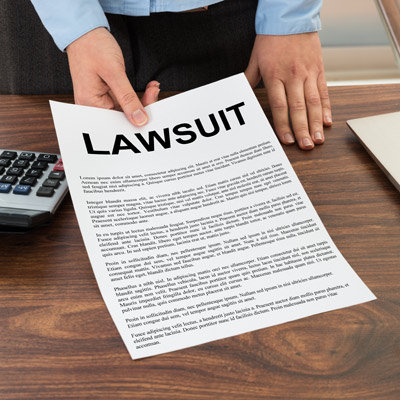
A car accident lawyer understands the unique issues that face drivers across North Jersey. When lawyers take a case, they understand how much evidence is required to file suit and how the client can help collect evidence or provide documentation. Once a case is ready for the court, the lawyer files suit on behalf of their client and gives the defendant an opportunity to respond.
After a response from the defendant, the two parties may engage in settlement talks. Judges often prefer that cases be settled out of court because that allows the legal system to run as efficiently as possible. Accident victims have the right to approve or deny any settlement offer from the defense, and negotiations may continue until both parties are satisfied.
If the parties cannot come to an agreement, they may choose to go to trial. At trial, the car accident victims lawyer will argue the case, present all relevant evidence, and request a full battery of compensation. If the judgment does not favor the victim, their lawyer may appeal the case to the state appellate court.
Clients should remain in contact with a lawyer throughout the proceedings, as they can assist with other legal matters that may arise in the wake of the accident, including wrongful termination, bad-faith service from an insurance provider, and harassment from the defendant.
New Jersey Car Accident Lawyers at Mikita & Roccanova Assist Victims in Recovering from Their Injuries or Losses
Victims of car accidents need someone who can guide them through an ordeal. If you were involved in a car accident through no fault of your own, speak to the New Jersey car accident lawyers at Mikita & Roccanova. We help victims by determining liable parties and ensuring victims receive the compensation they need. Call us today at 732-705-3363 or contact us online to schedule a free consultation. Located in Hazlet and Highland Park, New Jersey, we proudly serve accident victims in Ocean County, Sussex County, and Pennsylvania.



